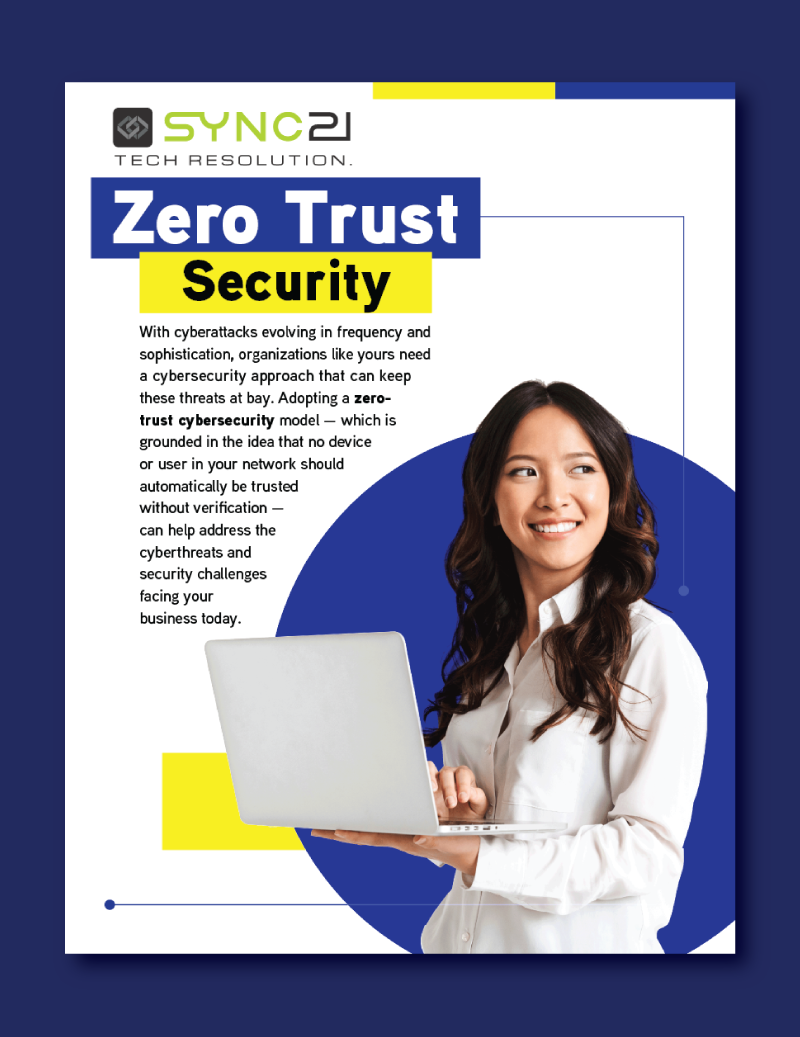Cyberattacks have become rampant and have also grown in sophistication.
A simple lapse in your network security could lead to a chain of events that could prove catastrophic for your business. You can avoid this by implementing a robust cybersecurity framework such as zero trust.
Zero trust asserts that no user or application should be trusted automatically. It encourages organizations to verify every access while treating every user or application as a potential threat. Zero trust is a great starting point for businesses that want to build formidable cybersecurity. It can not only adapt to the complexity of the modern work environment, including a hybrid workplace, but also protect people, devices, applications and data irrespective of where they are located.
However, zero trust should not be mistaken for a solution or a platform, regardless of how security vendors market it to you. You can’t just buy it from a security vendor and implement it with a click of a button. Zero trust is a strategy — a framework that needs to be applied systematically.
Implementing zero trust: Three core principles to remember
As you begin your journey to implement a zero-trust framework to bolster your IT security, there are three core principles that you must remember:
1. Continually verify
You should strive to implement a “never trust, always verify” approach to security by continuously confirming the identity and access privileges of users, devices and applications. Consider implementing strong identity and access (IAM) controls. It will help you define roles and access privileges — ensuring only the right users can access the right information.
2. Limit access
Misuse of privileged access is one of the most common reasons for cyberattacks. Limiting access ensures that users are granted minimal access without affecting their day-to-day activities. Here are some common security practices that organizations have adopted to limit access:
- Just-in-time access (JIT) – Users, devices or applications are granted access only for a predetermined period. This helps limit the time one has access to critical systems.
- Principle of least privilege (PoLP) – Users, devices or applications are granted the least access or permissions needed to perform their job role.
- Segmented application access (SAA) – Users can only access permitted applications, preventing any malicious users from gaining access to the network.
3. Assume breach and minimize impact
Instead of waiting for a breach, you can take a proactive step toward your cybersecurity by assuming risk. That means treating applications, services, identities and networks — both internal and external — as already compromised. This will improve your response time to a breach, minimize the damage, improve your overall security and, most importantly, protect your business.
We are here to help
Achieving zero trust compliance on your own can be a daunting task. However, partnering with an IT service provider like us can ease your burden. Leverage our advanced technologies and expertise to implement zero trust within your business — without hiring additional talent or bringing on additional tools yourself. Learn actionable steps you can take today to build a solid zero-trust security framework.






